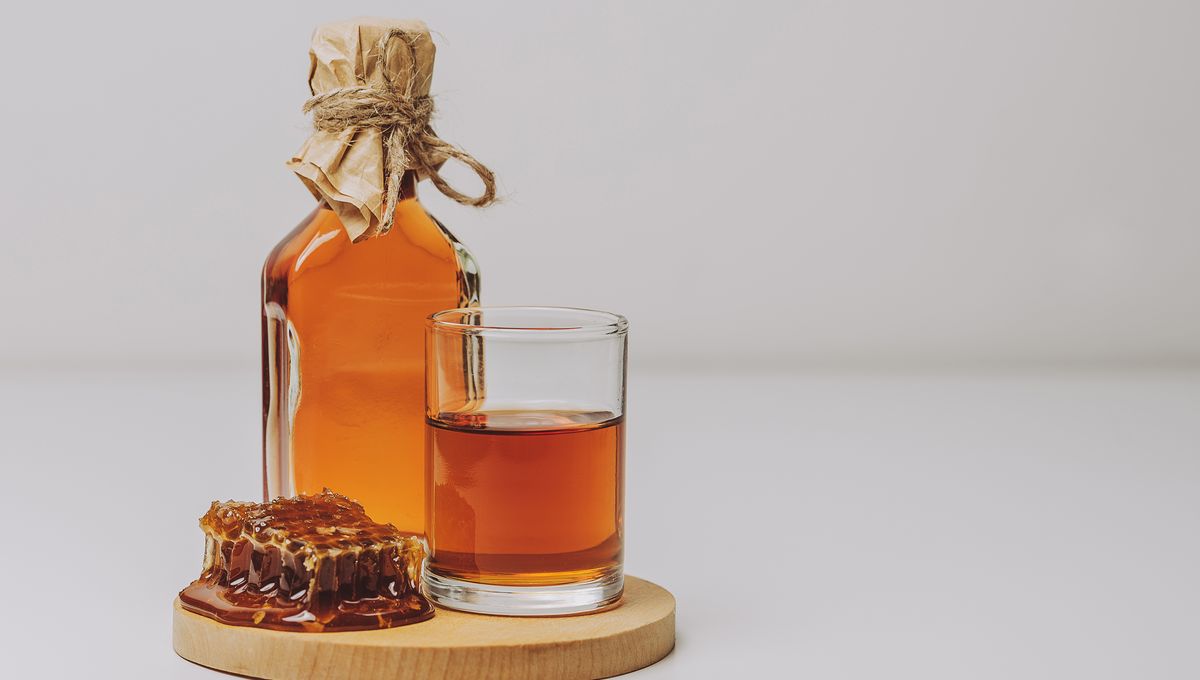
Bones, ancient grooming tools, even gold – these are all things you might expect to find if you go poking around an Iron Age burial site. What you might not expect to find is your new favorite tipple. But, back in 2016, archaeologists were stunned to uncover a 2,500-year-old cauldron that contained the remnants of an ancient alcoholic beverage.
Project lead Bettina Arnold, from the University of Wisconsin-Milwaukee, was investigating a burial mound – called a tumulus – dating back to between 400 and 450 BCE, when she and her team came across what appeared to be a bronze cauldron. But it wasn’t only the vessel itself that was largely intact.
“We actually were able, ultimately, to derive at least some sense of what the contents were in a bronze cauldron,” Arnold told NPR.
That contents amounted to nearly 14 liters (3.7 gallons) of an unknown alcoholic beverage, that had been buried along with the occupant of the tumulus. As the researchers explained in a blog post, the cauldron full of booze, as well as the weapons he had been interred with, could have allowed the unknown man to “establish himself as an important person in the next world as he had been in this one.” To be honest, we can see how arriving in the afterlife with 14 liters of liquor could help with that.
Of course, the only logical next step for the team was to figure out if they could make some of the ancient brew and taste it for themselves. They enlisted the services of palaeobotanist Dr Manfred Rösch, who was able to analyze the cauldron contents and come up with a rough idea of the recipe.
“The contents consisted of a honey-based alcoholic beverage in which two plant species, represented by pollen remains, were present at levels suggesting that they were added as flavorings […]: meadow sweet (often found in prehistoric mead) and mint,” said the team.
The beverage was determined to have most likely been a type of mead called a braggot, whose origins go back way into the distant past, long before Chaucer mentioned it in his Canterbury Tales. And, luckily for Arnold and the team, one of the cellarmasters at local Milwaukee beer producers the Lakefront Brewery, Chad Sheridan, had a fair amount of experience brewing this particular drink.
Sheridan and a colleague set to work. It took seven hours to make up the recipe, and a further two weeks to let it ferment, and then it was time for the moment of truth.
NPR’s Bonnie North described the first taste of the Iron Age brew: “I got to sip the final product. The result was smooth and pleasant — almost like a dry port, but with a minty, herbal tinge to it. It also packed an alcoholic kick.”
As fun as the experiment was, it’s perhaps unlikely that this braggot would quite hit the spot with today’s consumers; however, being able to recreate this ancient recipe does provide a unique insight into long-buried aspects of Iron Age culture.
As Arnold told NPR: “Luckily for us, they didn’t just send people off to the afterlife with [swords and spears] – they also sent them off with the actual beverage. It’s a BYOB afterlife, you know? You have to be able to sort of throw a party when you get there.”
Cheers to that!
Source Link: 2,500-Year-Old Booze Brewed Up From Recipe Found In Iron Age Burial